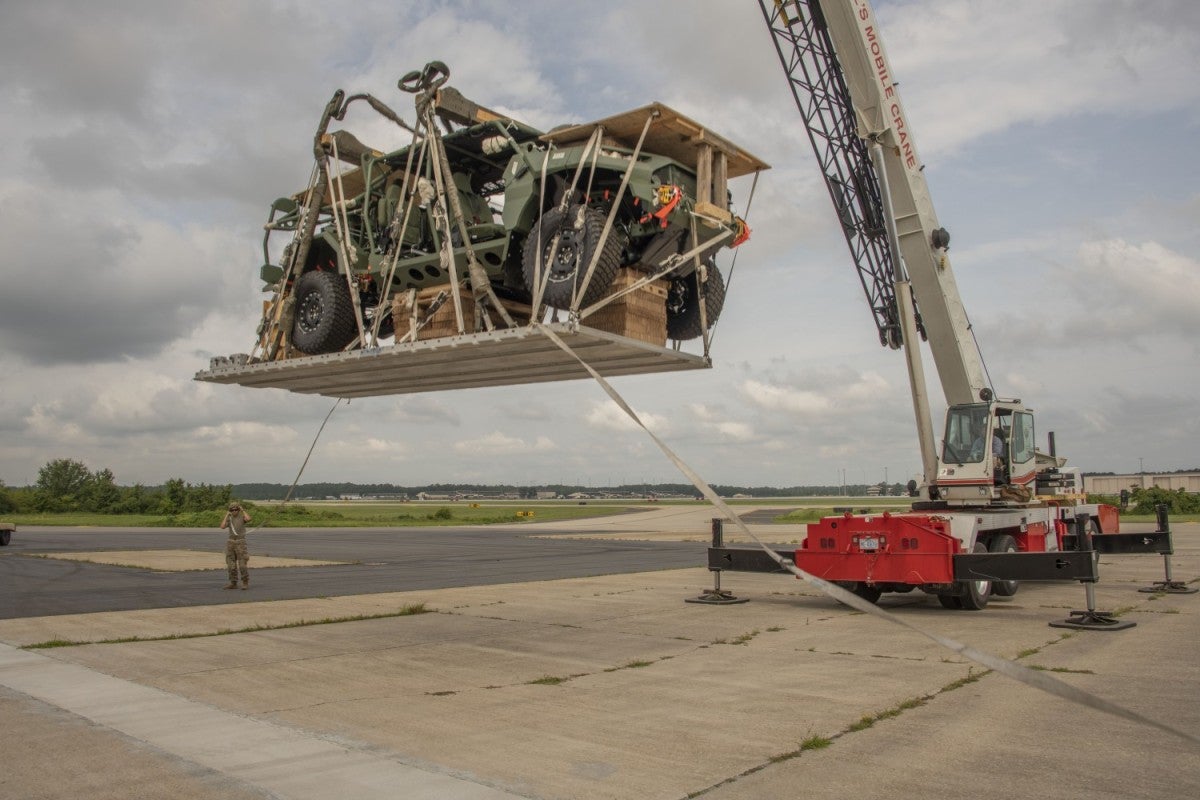
The US Army Operational Test Command’s Airborne and Special Operations Test Directorate (ABNSOTD) has carried out low-velocity airdrops of infantry squad vehicles (ISVs).
The ISV is designed to enable the Army’s Infantry Brigade Combat Team (IBCT) personnel to cover tough terrains in a short span of time.
The vehicle also allows the soldiers to carry adequate personal and squad provisions to survive for several days.
It can be transported using air assets during air assault missions.
As part of the testing process, rigging solutions and paperboard honeycomb modifications were included in the rigging exercise for two production representative mode (PRM) ISVs.
While one PRM ISV was rigged on a Type V LVAD platform, the other was rigged on a Dual Row Airdrop System platform.

US Tariffs are shifting - will you react or anticipate?
Don’t let policy changes catch you off guard. Stay proactive with real-time data and expert analysis.
By GlobalDataFollowing this, the vehicles underwent Simulated Airdrop Impact Testing (SAIT).
The airdrop rigging techniques were modified to accommodate the structural and mechanical changes made by General Motors Defense, a subsidiary of General Motors, to the PRM of the ISV.
ABNSOTD Test Division chief lieutenant colonel Derek Johnson said: “Testing centred around determining if production representative mode ISVs could tolerate the forces experienced during low velocity airdrop operations.”
ABNSOTD Electronics engineer Michael Estremera added: “During the execution of the SAITs, high-speed video, photography, and instrumentation [accelerometers and impact data recorders] were employed to assess the PRM ISV’s reaction to the forces experienced during LVAD operations.”
The ISVs also underwent a 50km road test on improved, semi-improved, and unimproved roads, as well as off-road routes.
The vehicles were then inspected by ABNSOTD, General Motors Defense, and ISV Program Office personnel.
This testing will ensure that the PRM ISVs are mission capable.



